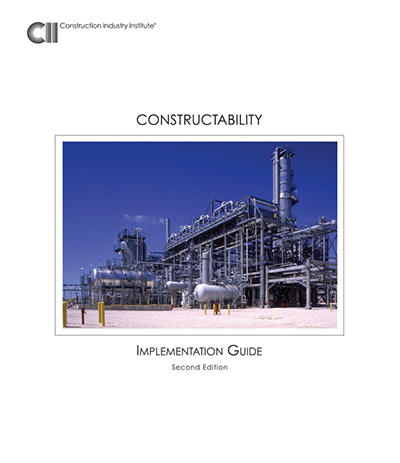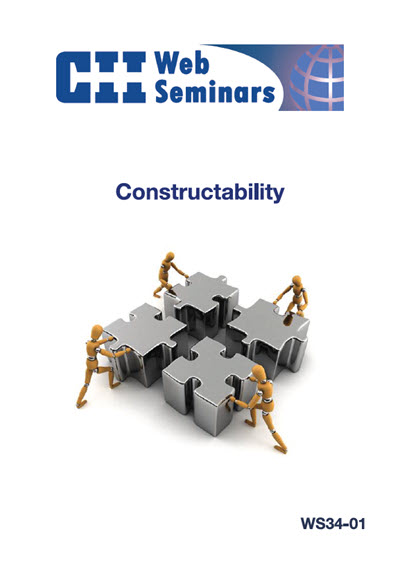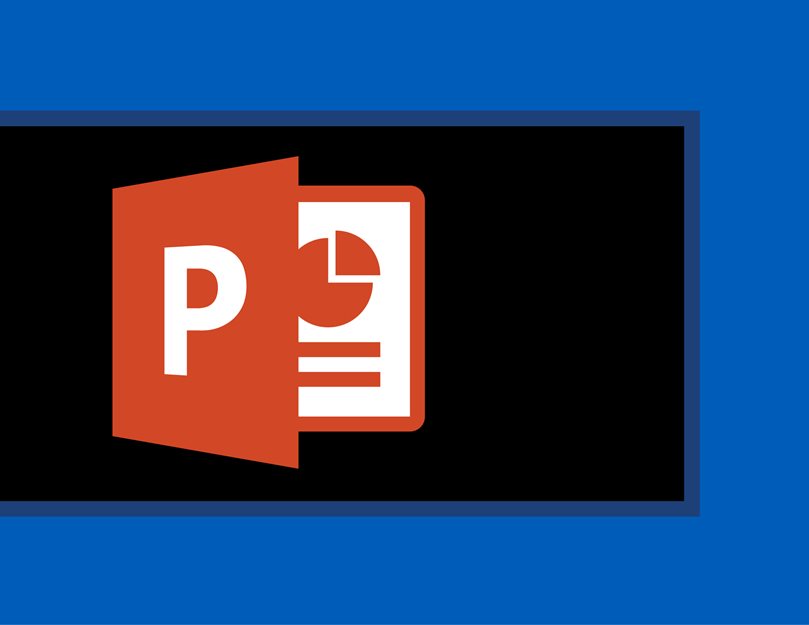
Constructability Implementation Guide, Second Edition
As demonstrated in the case studies summarized in this publication, when methodically implemented, front-end constructability efforts are an investment that results in a substantial return. Previous CII documentation of constructability efforts showed that owners accrued an average reduction in total project cost and schedule of 4.3 percent and 7.5 percent, respectively. These savings represented a 10 to 1 return on the owner’s investment in the constructability effort. Recent CII Benchmarking studies based on project performance reported by contractors indicate that Constructability Implementation is second only to Materials Management in positively impacting project schedules and behind only Change Management and Zero Accident Techniques in positively impacting project cost.
Yet, the need for tools to facilitate constructability implementation continues to exist. This Constructability Implementation Guide meets this need by offering a complete set of 17 tools that address both corporate- and project-level constructability programs. For example, Tool 1, the Constructability Implementation Roadmap, presents a comprehensive-integrated approach to constructability. Tools containing assessment forms are provided to identify and eliminate barriers in constructability. A procedure for the periodic assessment of program effectiveness is also provided and is helpful in maintaining a commitment to the program and ensuring continuous improvement. The 16 constructability concepts are also summarized in a tool.
The updated Guide continues to offer comprehensive guidance and specific insights into how project constructability can be implemented. It is targeted to owners, designers, and construction personnel, with particular emphasis on the owner. Senior executives and entry-level project personnel, and project managers in particular, can benefit from the tools provided in the Guide.
A “barrier” to constructability is any significant inhibitor that prevents the effective implementation of the constructability program. Barriers exist among owners, designers, and constructors, and can be broken into four categories: cultural barriers, procedural barriers, awareness barriers, and incentive barriers. Once barriers are identified, they may be mitigated or overcome. Tactics recommended to remove these common barriers are included in the research. Researchers have identified the 18 most common barriers to constructability, including the five most common barriers shown below as an example. (SP34-1, Second Edition, p. 17)
- Complacency with status quo
- Reluctance to invest additional money and effort in early project stages
- Limitations of lump-sum competitive contracting
- Lack of construction experience in design organization
- Designers’ perception that “we do it”
Barrier assessment checklist tools are included as part of the Constructability Implementation Guide, which is described later under the section on Implementation Tools.
The research identified these five levels of program maturity. Levels 3, 4, and 5 all characterize varied degrees of successful constructability results. Level 5 is obviously the preferred and recommended level of constructability implementation and may be viewed as a benchmark or “best in class.” Only at this Level 5 stage of effort may the full benefits of constructability be realized. (SP34-1, Second Edition, p. 1)
- Level 1 – No Program
- Level 2 – Application of Selected Supports
- Level 3 – Informal Program
- Level 4 – Formal Program
- Level 5 – Comprehensive Formal Program
To find where an organization fits in the constructability implementation program, the organization should perform a corporate self-assessment and identify the objectives of their constructability program and the objectives of the project. The assessment will identify or clarify the objectives of the constructability program, identify the benefits of the current program and the program in the future, define areas of improvement, as well as identify the current level of the organization’s constructability program.
This Guide is structured in four parts. The Guide offers a complete set of 17 tools that address both corporate- and project-level constructability programs.
- Part I – A Corporate-Level Constructability Program
- Part II – A Project-Level Constructability Program
- Part III – Constructability Implementation Tools
- Part IV – Case Studies



